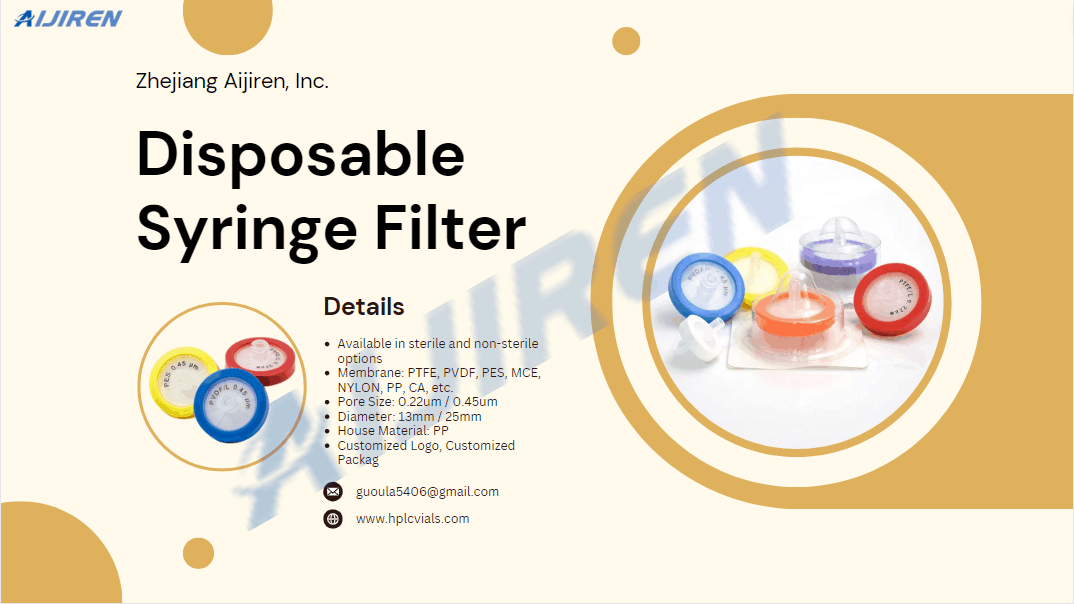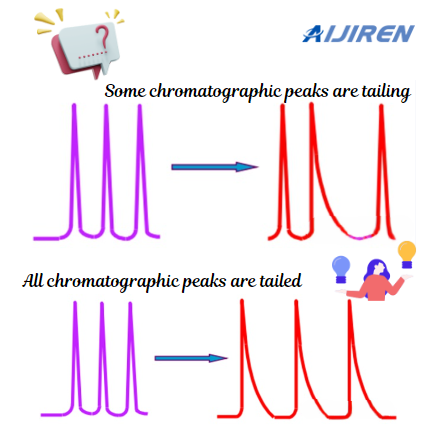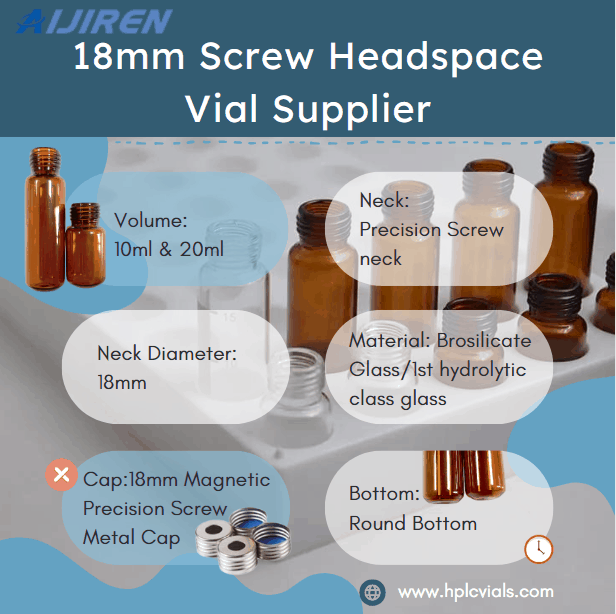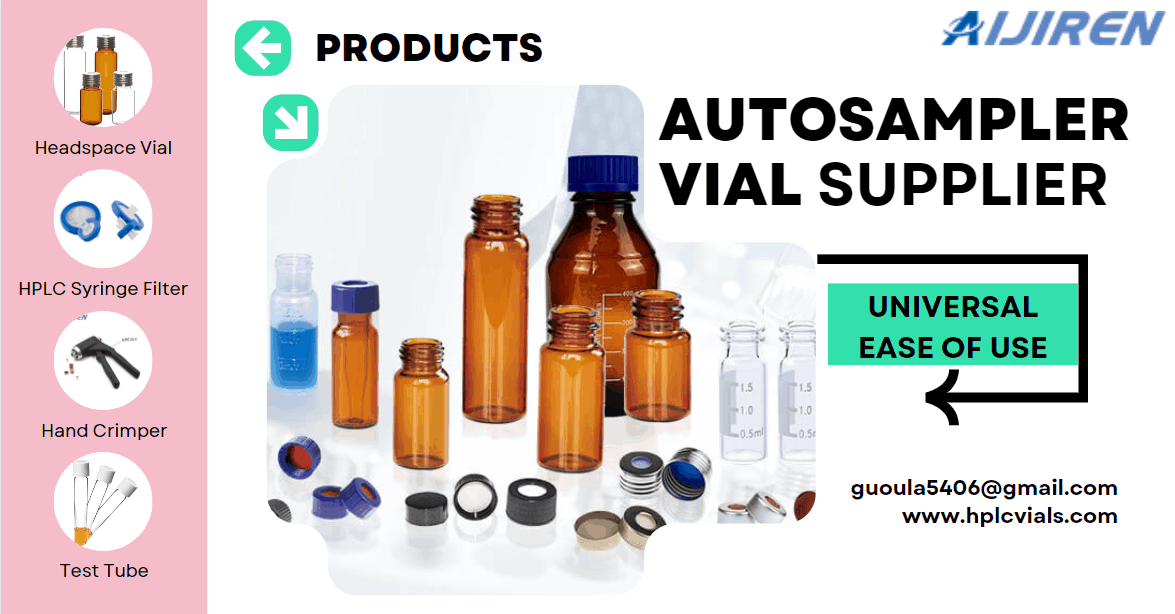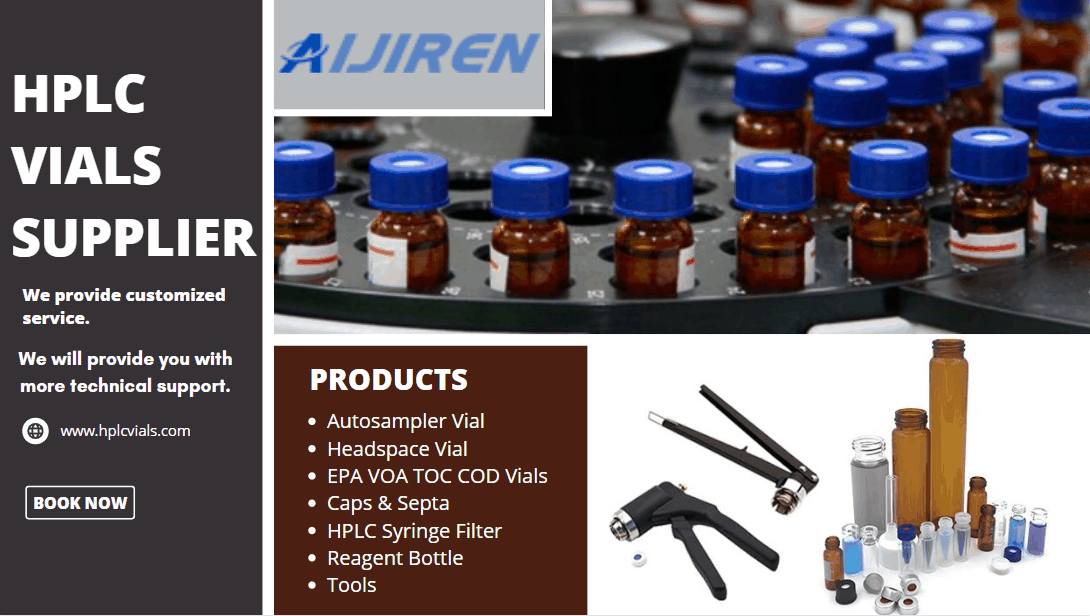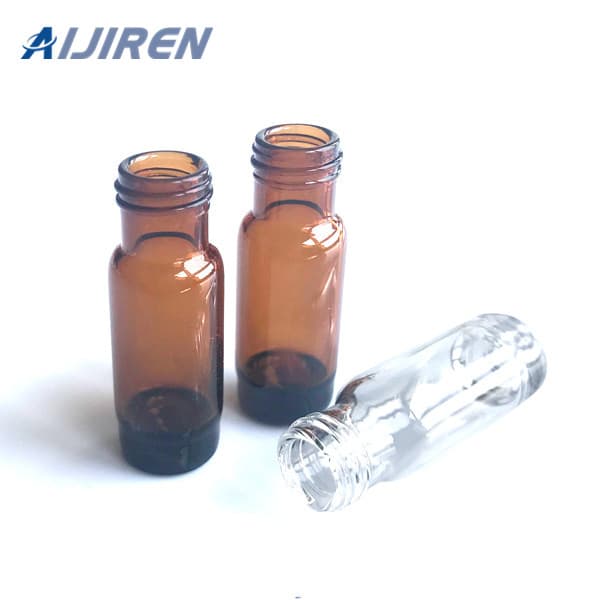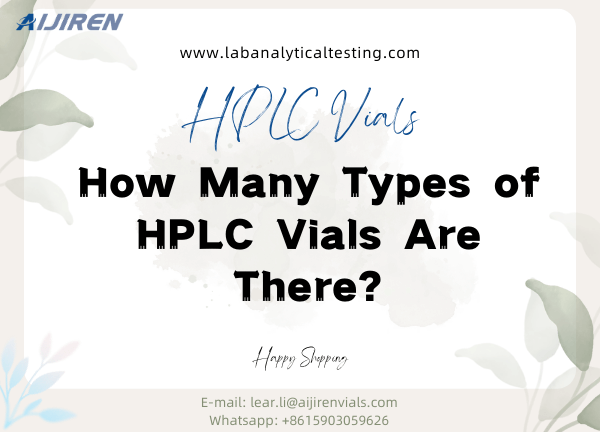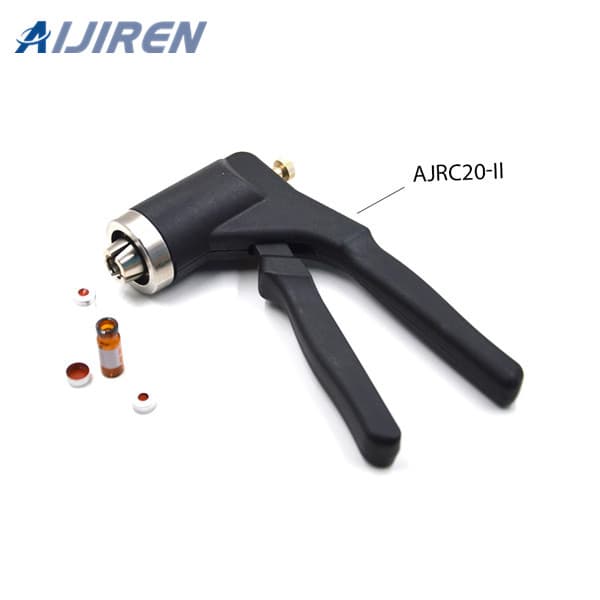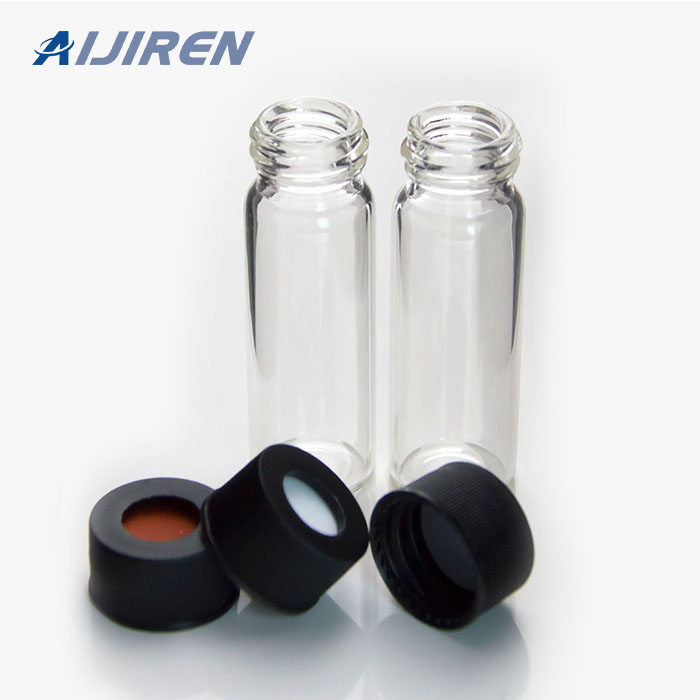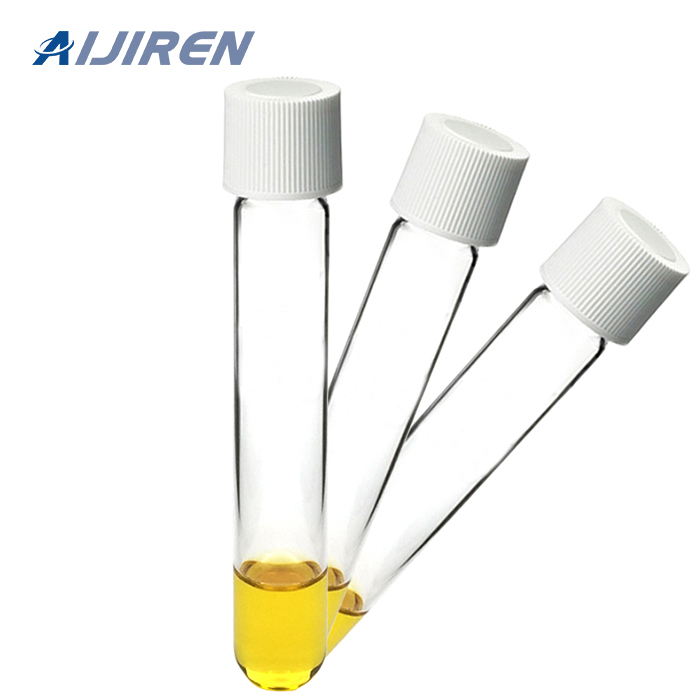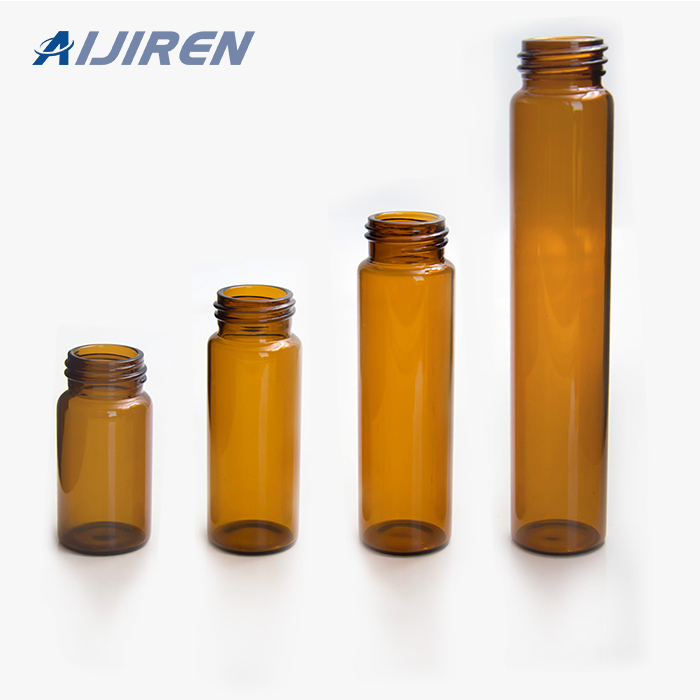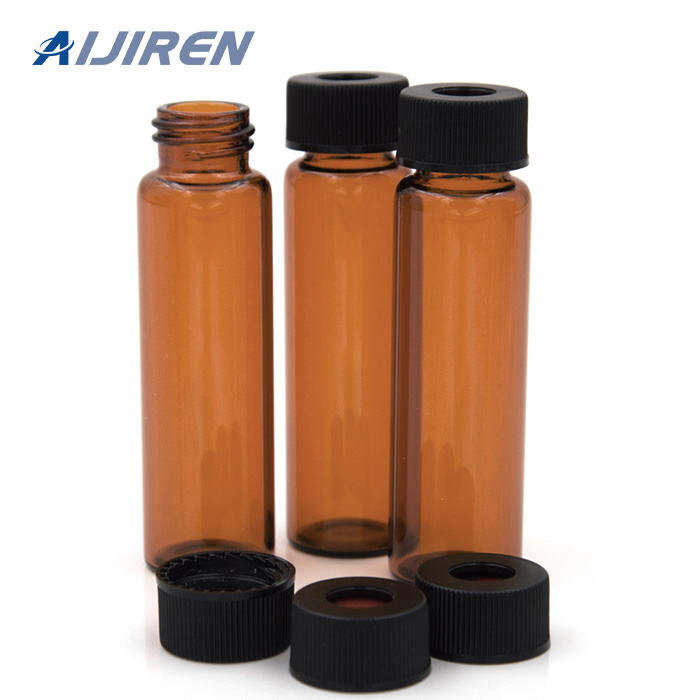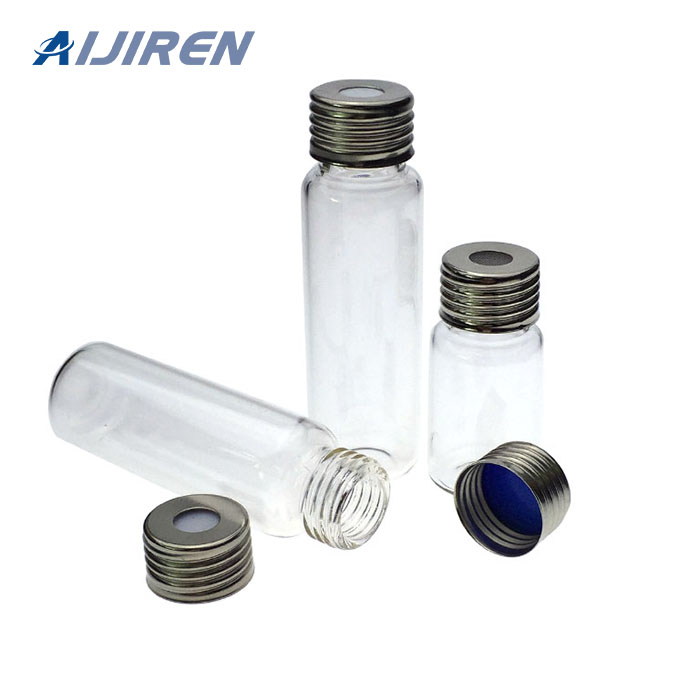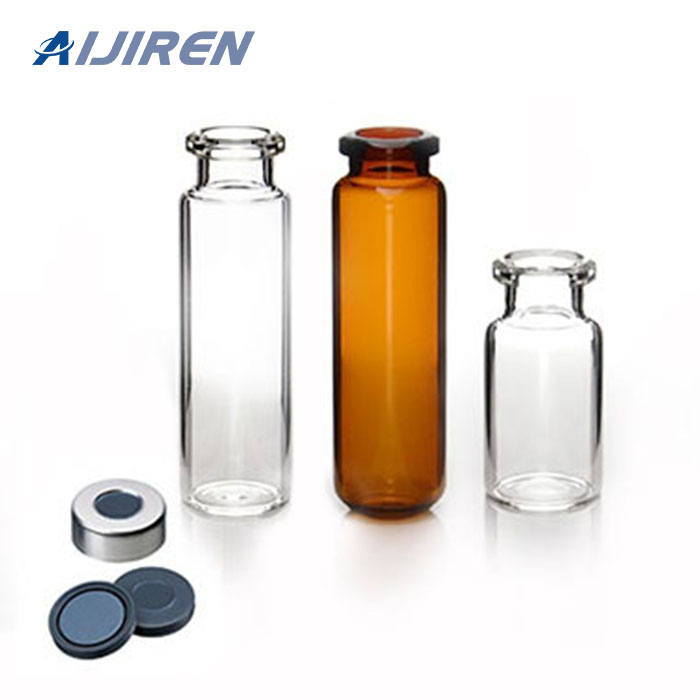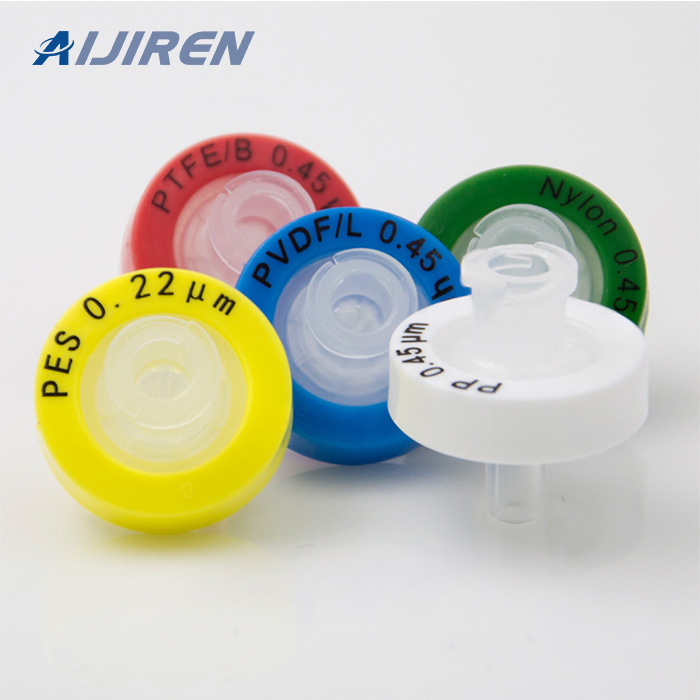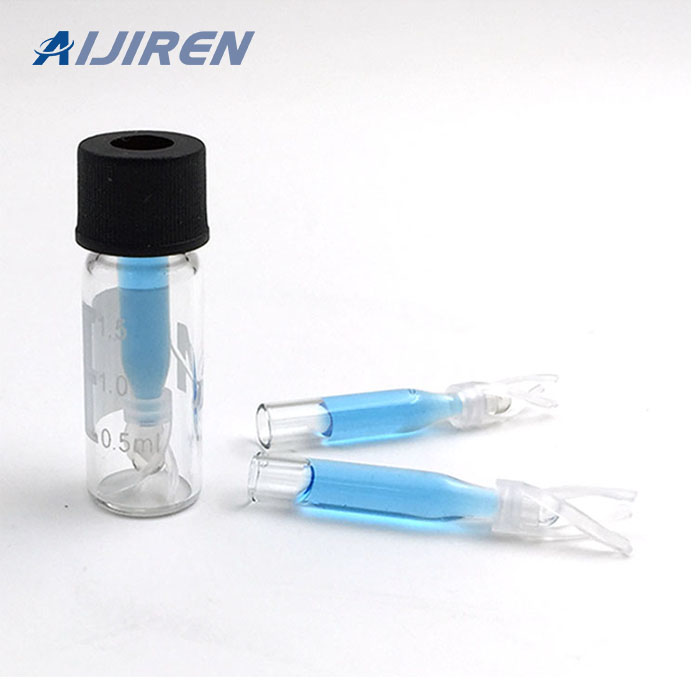The syringe filter is commonly used in laboratory experiments to filter small particles from liquids.It plays an important role in the experiment. You can make reference from the follwing aspects:
- Syringe Filter Pore Size
- Manufacturer’s Recommendations
- Membrance
- Manufacturer’s Recommendations
Our company has been in this field for many years. There are many painless colors such as yellow,red, blue, green and white.Filter diameters are classified into several types:13mm/25 mm/33 mm/50 mm;Pore Size:House Material: PP;Process Volume(ml): 13mm<10ml; 25mm<100ml;Certificate:ISO9001; Customized support:OEM, ODM;Model Number: FN1322, FN1345, FN2522 ,FN2545 ,FF1322 ,FF1345, FF1345 and so on.
Syringe Filter Pore Size
Our company has two different syringe filter apertures,0.22um,0.45um.The difference in pore size between a 0.22 µm and a 0.45 µm syringe filter is significant and can impact the filtration capabilities and application suitability. 0.22 µm filter has smaller pores compared to a 0.45 µm filter, providing higher filtration efficiency for smaller particles. It can effectively remove bacteria, yeast, and most common particulates. On the other hand, a 0.45 µm filter allows larger particles and microorganisms to pass through, making it suitable for applications where a coarser filtration is sufficient.
The choice between a 0.22 µm and a 0.45 µm filter depends on the specific application requirements. A 0.22 µm filter is commonly used for sterilizing or clarifying samples that need to be free from bacteria and smaller particulates. It is often used in microbiology, cell culture, and other sensitive applications. A 0.45 µm filter is typically used for general filtration or sample clarification where the removal of larger particulates or micro.
Compatibility with Instruments
Here are some points to keep in mind regarding compatibility:
- Connection Type
- Syringe Compatibility
- Instrument
- Application-S
- Manufacturer Recommendations
Manufacturer’s Recommendations
When choosing a syringe filter, it is always important to refer to the manufacturer’s recommendations and guidelines. The manufacturer’s recommendations provide valuable information about the specific use, limitations, and performance characteristics of the syringe filter. Here are some aspects covered in the manufacturer’s recommendations:
Recommended Applications: The manufacturer will specify the applications for which the syringe filter is designed and optimized. This may include sample preparation, clarification, sterilization, or specific filtration tasks like microbiology, HPLC, or GC sample preparation.
Pore Size and Filtration Efficiency
Membrane Material Compatibility
Flow
Ster
Sample Volume: The manufacturer may specify
Storage
Compatibility.
Therefore, choosing a good product will be of great help to the future work. At present, Ajiren stone is the leader in the domestic production of chromatograph consumables sample cap pads. Since its establishment, the company has independently developed and produced sample cap pads and mastered the core production technology of sample bottles. At present, the company has 25 patented production technologies for sample bottles.







